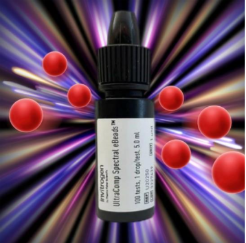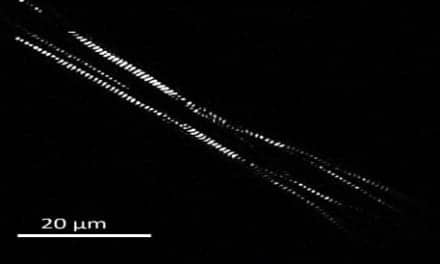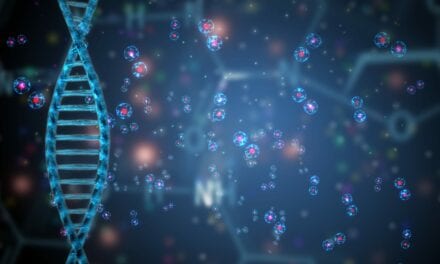UltraComp eBeads Spectral Unmixing Beads offer multispecies compatibility and cell-like performance to reduce false positives in flow cytometry analysis.
Thermo Fisher Scientific has introduced Invitrogen UltraComp eBeads Spectral Unmixing Beads designed to improve accuracy in spectral and conventional flow cytometry applications by reducing background interference and enhancing signal clarity.
The compensation beads address current limitations in spectral and high-parameter flow cytometry that can lead to false positives and negatives during cellular analysis. The beads behave like real cells while reducing autofluorescence, enabling more precise separation of overlapping fluorescent signals for researchers analyzing cellular phenotypes and functions.
“With this launch, scientists now have access to advanced compensation beads that perform like real cells and are compatible with the existing line of spectral and conventional flow cytometers in the market, including our recently introduced Attune Xenith flow cytometer,” says Trisha Dowling, vice president and general manager of flow and imaging technologies at Thermo Fisher Scientific, in a release.
Multispecies Compatibility Sets New Standard
The UltraComp eBeads offer what the company calls the broadest species compatibility available, binding with mouse, rat, hamster, rabbit, or recombinant human antibodies. This multispecies support addresses a key limitation of existing compensation bead solutions in the market.
The beads support all major laser lines including UV, violet, blue, green, yellow-green, red and infrared wavelengths. Each preparation contains both positive and negative populations in a single drop, creating distinct peaks that simplify setup even for complex high-parameter panels.
Targeting Research Applications
The product targets immunologists and immuno-oncologists working in academic institutions, pharmaceutical and biotechnology companies, as well as flow cytometry core facilities that support research operations. The beads are designed for research use in studies requiring detection and quantification of specific cell populations.
“With distinct separation of fluorochrome signals and fewer errors in flow cytometry data analysis, researchers will be able to confidently detect and quantify cell populations in their studies,” says Dowling in a release. “We’re proud to support critical research that advances our understanding of some of the most pressing diseases.”
The launch supports Thermo Fisher Scientific’s broader flow cytometry portfolio and represents the company’s continued investment in spectral flow cytometry technologies as laboratories adopt higher-parameter analysis methods for cellular research applications.
Photo caption: Invitrogen
Photo credit: Thermo Fisher Scientific





